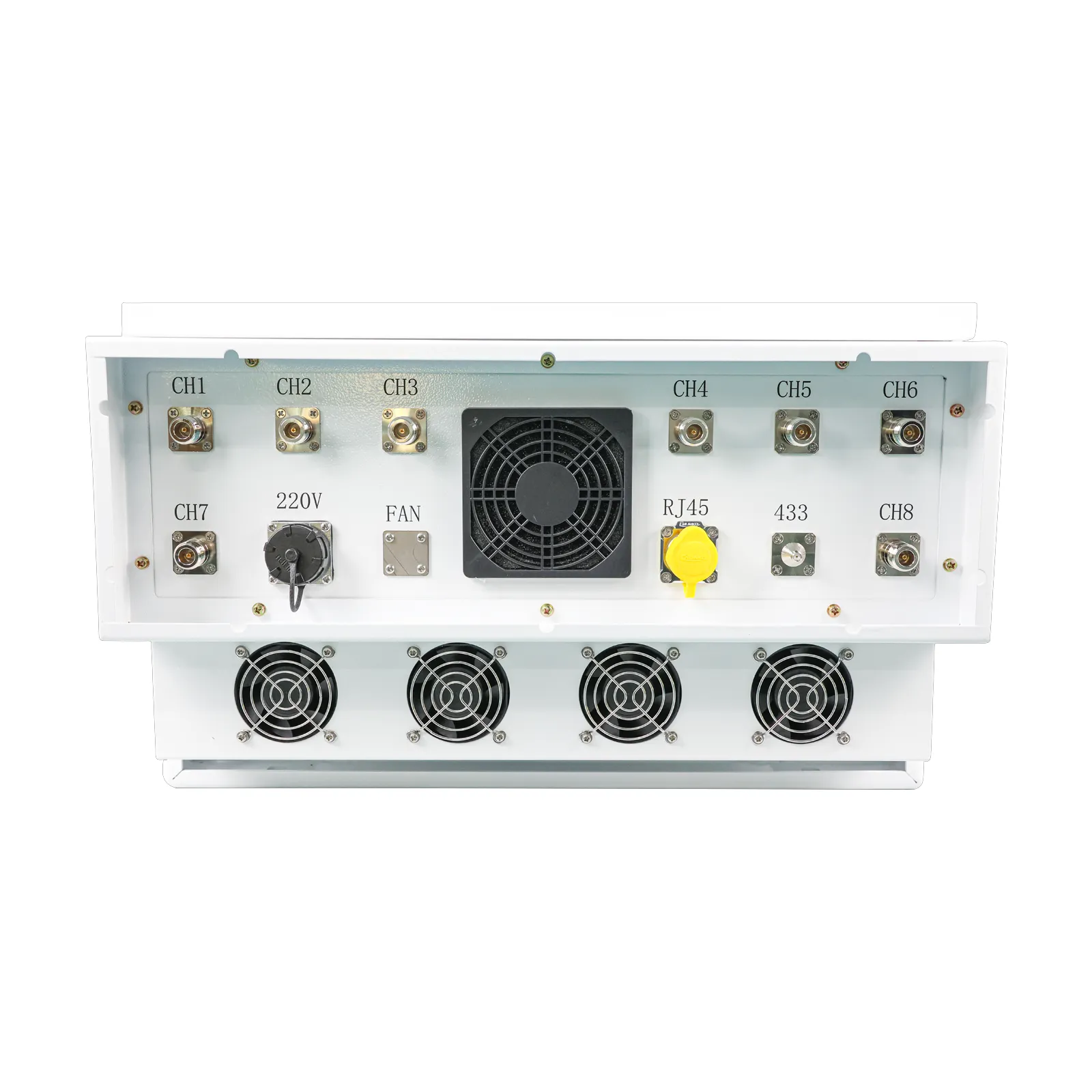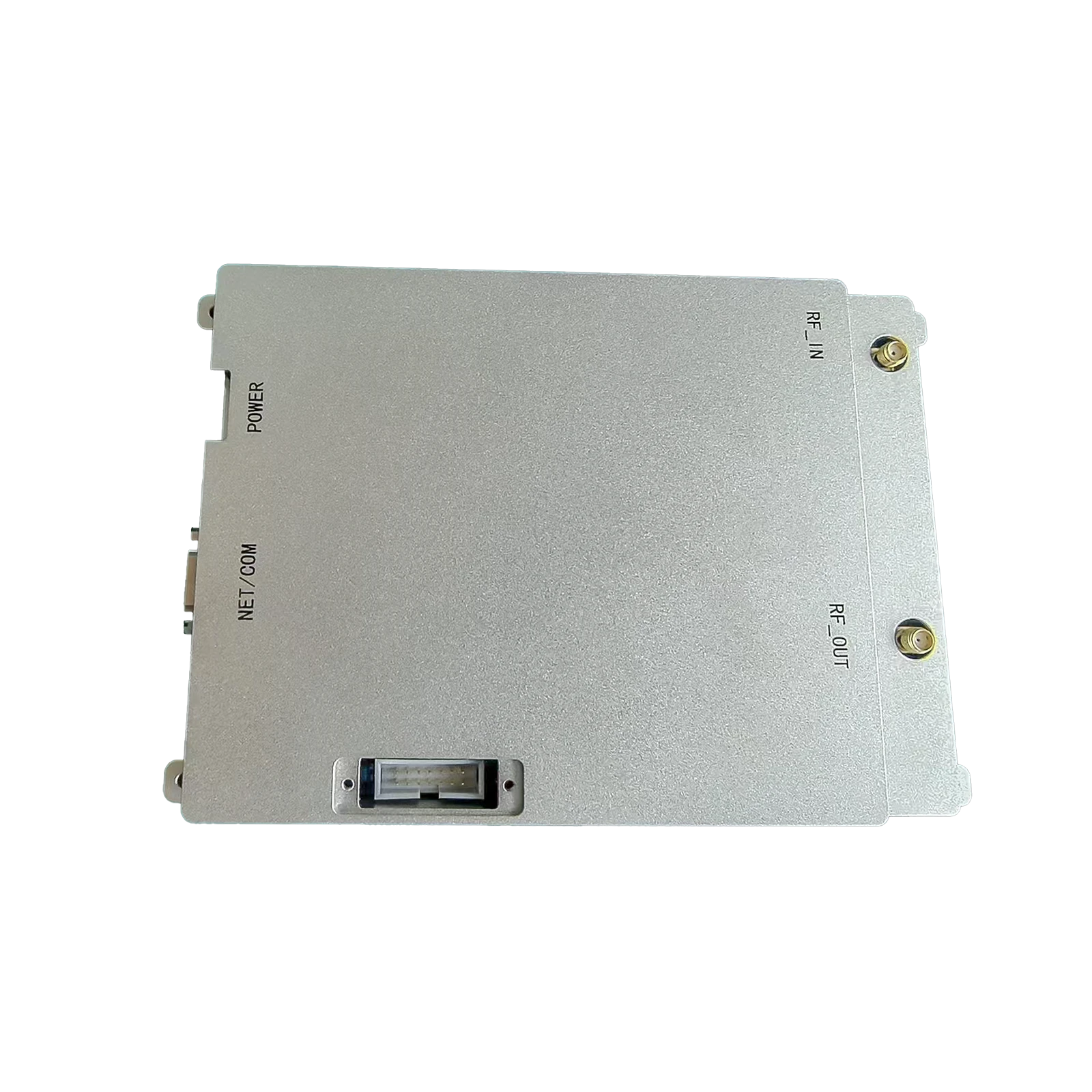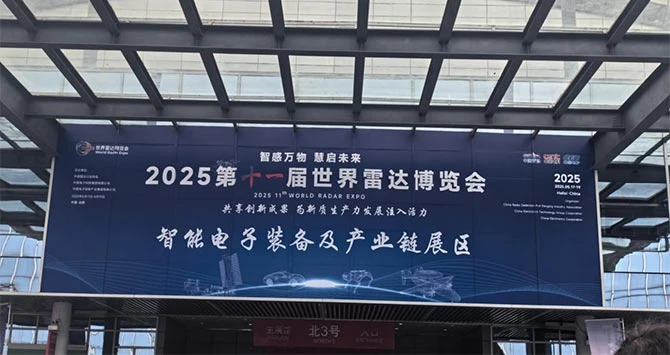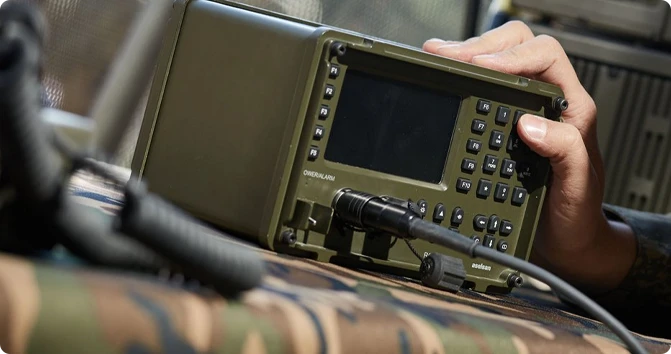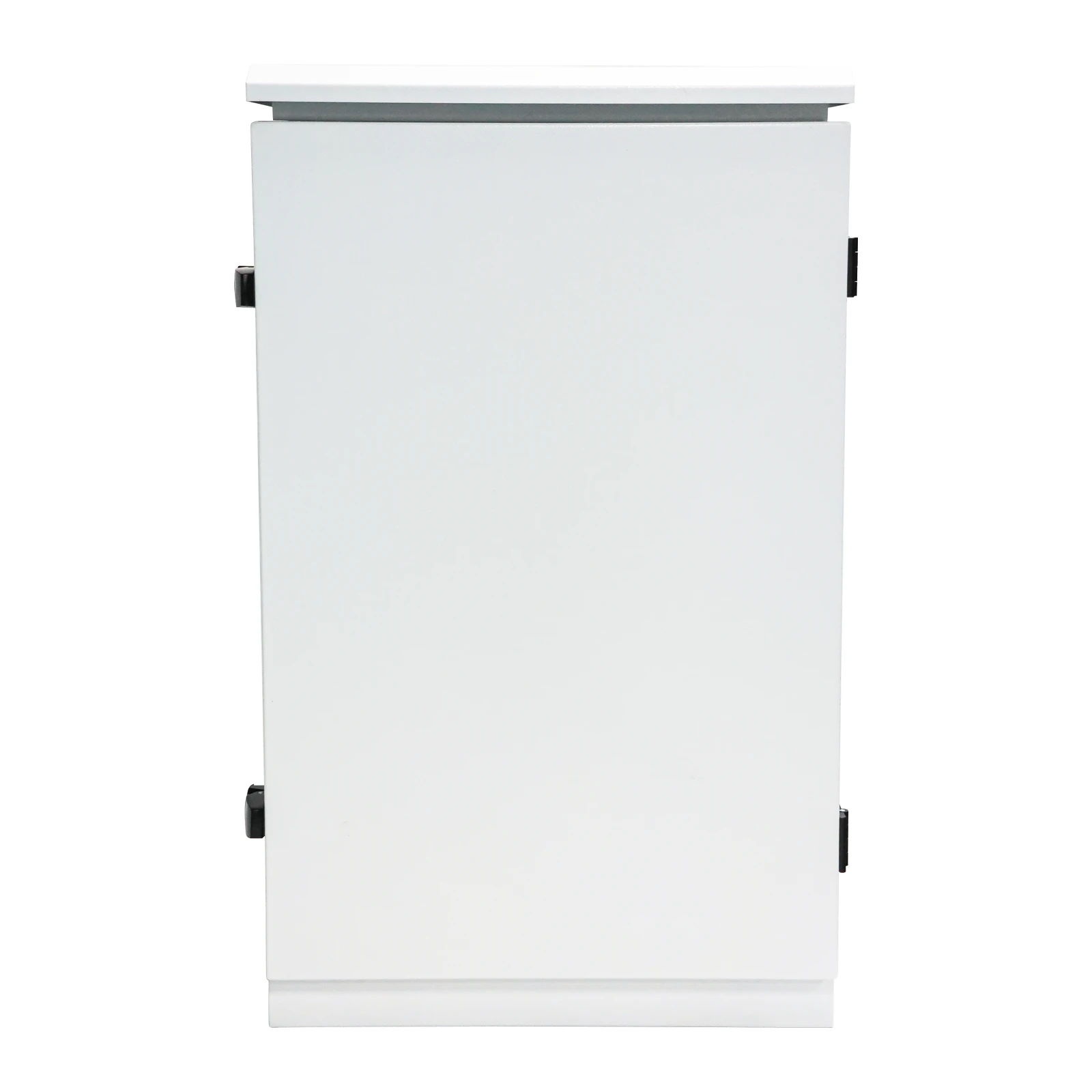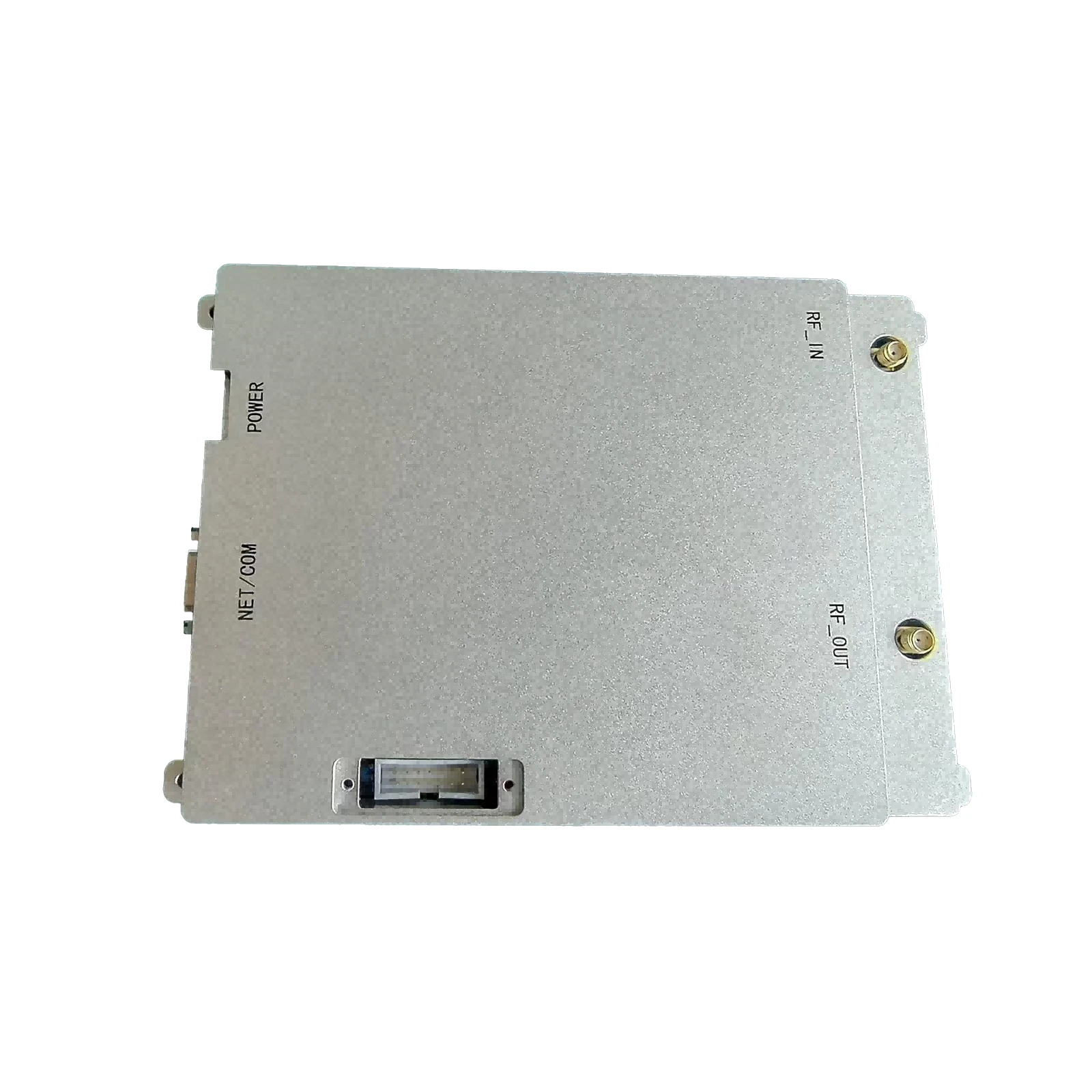Unlocking the Power of 900 MHz RF Amplifiers: Efficiency in Wireless Communication
Understanding 900 MHz RF Amplifiers: Why They Matter Globally
The 900 MHz RF amplifier is a powerhouse behind many wireless communication systems worldwide. But why does amplifying signals at this frequency band matter so much? Globally, 900 MHz bands serve as a backbone for cellular communications, IoT devices, and even emergency response systems. With a growing digital population and ever-increasing demand for connectivity, understanding these amplifiers can unlock better performance, efficiency, and sustainability in communication infrastructure.
In real terms, these amplifiers help signals travel farther and clearer — reducing dead zones, improving data rates, and ultimately ensuring connectivity even in the most remote or challenging environments. Whether it’s providing stable communications in urban centers or enabling field operations in places with patchy coverage, these devices have quietly become indispensable.
Mini takeaway: 900 MHz RF amplifiers play a critical role in enhancing wireless communication, bridging gaps where signals falter, and supporting global connectivity demands.
The Global Context of 900 MHz RF Amplifiers
Worldwide, telecommunications infrastructure uses the 900 MHz spectrum extensively, especially in emerging markets. According to the International Telecommunication Union (ITU), the 900 MHz band is earmarked primarily for GSM and other cellular communication standards.
What’s striking is that many developing nations rely almost exclusively on this band for rural connectivity because lower frequencies like 900 MHz can penetrate walls and vegetation better than higher ones. This translates to greater coverage with fewer base stations, lowering costs and infrastructure needs.
But the challenge is that as demand skyrockets — driven by smartphones, smart meters, and drones — amplifying these signals efficiently without interference becomes a puzzle. A 900 mhz rf amplifier is precisely the kind of technology that can address this challenge by boosting signal strength intelligently.
Mini takeaway: The global demand for reliable wireless signals at 900 MHz has escalated, making robust RF amplifiers a necessary piece in the telecommunications puzzle.
Defining 900 MHz RF Amplifier
Put simply, a 900 MHz RF amplifier is an electronic device designed to boost the power of radio frequency signals operating around 900 megahertz. This frequency lies within the Ultra High Frequency (UHF) range, widely used for cellular, ISM (industrial, scientific, and medical), and various wireless data transmission systems.
Think of it as a megaphone for RF signals — making them louder, clearer, and capable of covering larger distances with less degradation. Without such amplification, communication devices might struggle with weak signals, dropped calls, or slow data transfer.
In industries from telecommunications to humanitarian aid, these amplifiers enable critical communication networks, especially in locations where laying cables isn’t feasible or cost-effective.
Mini takeaway: At its core, a 900 MHz RF amplifier amplifies signals to ensure stronger, clearer wireless communication essential across many industries.
Key Aspects of 900 MHz RF Amplifiers
1. Power Output
The amplifier’s power output determines how far it can push the signal. For 900 MHz RF amplifiers, typical power ranges vary roughly from a few watts for portable devices to hundreds of watts in industrial transmitters. Higher power means better reach but also more energy consumption and heat.
2. Linearity
Linearity affects signal quality — a linear amplifier ensures the output is a clean, faithful amplification of the input without distortion. This is crucial for maintaining data integrity and preventing interference in densely populated frequency bands.
3. Noise Figure
Noise figure indicates how much additional noise an amplifier introduces. Lower noise figures mean clearer signals even after amplification. Engineers often prioritize low-noise designs in 900 MHz RF amplifiers, especially in sensitive applications like satellite or medical telemetry.
4. Durability and Environmental Resistance
Many amplifiers are deployed outdoors or in harsh industrial sites. Therefore, weatherproofing, shock resistance, and thermal stability are key for reliable long-term operation.
5. Cost Efficiency
Getting the best bang for the buck without sacrificing quality matters. The challenge is balancing raw power and advanced features with affordable pricing for widespread deployment.
6. Size and Integration Capability
Compact, modular amplifier designs allow easier integration into existing communication systems or portable setups — kind of like the difference between a bulky radio and a sleek smartphone.
| Parameter | Typical Value | Description |
|---|---|---|
| Frequency Range | 890-960 MHz | Covers major 900 MHz cellular bands |
| Output Power | 10-50 Watts | Suitable for base stations and repeaters |
| Noise Figure | Ensures minimal signal degradation | |
| Power Supply | 12-48 V DC | Flexible input options |
| Operating Temp | -20 to +60°C | Suitable for outdoor use |
Mini takeaway: The blend of power, clarity, durability, and size shapes effective 900 MHz RF amplifiers able to meet varied industrial demands.
Applications and Real-World Use Cases
You might not realize it, but 900 MHz RF amplifiers are everywhere. From rural cell towers stretching signals across hard-to-reach villages to remote industrial monitoring stations sending telemetry data, these devices keep communication alive where wired infrastructure is unrealistic.
- Disaster Relief and Emergency Networks: After natural disasters, conventional communications often go dark. Portable amplifiers working at 900 MHz help aid workers establish temporary grids fast, enabling coordination and life-saving calls.
- Rural and Remote Telecommunications: Regions in Africa, South Asia, and parts of Latin America frequently use 900 MHz bands for affordable connectivity plans, thanks to its long-range and building penetration.
- Industrial IoT: Mines, oil rigs, and agriculture benefit when sensor data is amplified for reliable transmission back to control centers, improving safety and productivity.
- Public Safety and Security: Many police and firefighting radios operate around 900 MHz, requiring dependable amplifiers to maintain clear, uninterrupted lines.
Mini takeaway: Across the world, these amplifiers support critical communication in everyday life, emergencies, and industrial innovation.
Advantages and Long-Term Value of 900 MHz RF Amplifiers
The payoff from using a high-quality 900 MHz RF amplifier goes beyond numbers. Sure, there’s a cost saving from fewer base stations needed, but there’s also an emotional and societal side. Enhanced connectivity means safer communities, better emergency response, and a bridge over the digital divide.
Sustainability-wise, efficient amplifiers reduce power consumption, helping networks lower operational expenses and carbon footprints. Reliability earns trust — after all, no one wants dropped calls during an urgent moment.
Future Trends & Innovations In 900 MHz RF Amplification
The future for 900 MHz RF amplifiers looks exciting. Researchers are exploring new semiconductor materials like gallium nitride (GaN) to boost efficiency and power while shrinking thermal footprints. Add to that, smarter amplifier designs leveraging AI can dynamically adjust gain to limit interference and save energy.
On the regulatory front, evolving spectrum management policies aim to open more 900 MHz bandwidth for IoT and 5G “low band” uses, expanding the role these amplifiers will play.
And oddly enough, with green energy pushing surplus solar and wind into remote sites, 900 MHz amplifiers optimized for low power can run sustainably off-grid.
Challenges & Solutions
No tech is perfect. 900 MHz RF amplifiers face hurdles like nonlinear distortion at high power levels and vulnerability to signal interference. Weather can also degrade outdoor units if not properly ruggedized.
But industry experts advocate for modular system designs allowing easy repairs or upgrades, advanced filtering circuits to minimize noise, and thorough field testing tailored to deployment environments — an approach cherished by network engineers.
| Vendor | Power Range | Price Range | Key Features | Ideal Use |
|---|---|---|---|---|
| AmpTech Corp | 5-50 W | $$$ | Low noise, rugged, modular | Industrial, public safety |
| SignalBoost Ltd. | 1-20 W | $$ | Compact, energy efficient | Consumer & rural telecom |
| WaveAmp Solutions | 10-100 W | $$$$ | AI gain control, high linearity | Enterprise & telecom operators |
FAQs: Your Questions About 900 MHz RF Amplifier
Q1: How does a 900 MHz RF amplifier improve my cellular signal?
By increasing the power of the radio frequency signal, the amplifier ensures it can travel farther and penetrate obstacles better. This reduces dropped calls and improves voice clarity or data speeds, especially in weak signal areas.
Q2: Can 900 MHz RF amplifiers be used outdoors in harsh conditions?
Yes, many amplifiers are designed with weatherproof enclosures and thermal management to withstand temperature swings, moisture, and vibration — making them suitable for outdoor base stations or mobile deployments.
Q3: Are there energy-efficient options for these amplifiers?
Definitely. Recent models use advanced semiconductor tech and smart gain control that reduces power use during low demand, making them ideal for green energy-powered sites or battery-backed systems.
Q4: What industries benefit most from these amplifiers?
Telecommunications, public safety, industrial IoT, agriculture, and emergency services rely heavily on 900 MHz RF amplifiers due to their coverage and penetration capabilities in diverse environments.
Q5: How do I choose the right vendor for my application?
Consider your power needs, budget, environmental conditions, and desired features. Comparing vendor specs, as shown in our table, helps find a balance between cost and functionality.
Conclusion: Amplify Your Connectivity with 900 MHz RF Amplifiers
In the endless quest for reliable communication, 900 MHz RF amplifiers quietly fuel progress. They enable broader, clearer coverage and support the growing demand for wireless services worldwide. Whether for an enterprise network, remote sensor array, or emergency comms, these devices deliver long-term value in cost, efficiency, and resilience.
If you're looking to enhance your infrastructure with reliable and efficient amplification solutions, check out our selection of 900 MHz RF amplifiers and discover the difference that power and precision bring.
Thanks for reading — here’s hoping your next signal is stronger, cleaner, and just the boost you needed.
References:
1. International Telecommunication Union (ITU), Radio Regulations and Spectrum Allocations.
2. Wikipedia: Radio Frequency Amplifier
3. World Bank Data on Global Connectivity and Telecommunications Access (https://data.worldbank.org)
-
09 March 2021 24 Nov 2025
-
09 March 2021 24 Nov 2025
-
09 March 2021 24 Nov 2025
-
09 March 2021 23 Nov 2025
-
09 March 2021 23 Nov 2025
-
09 March 2021 21 May 2025
-
09 March 2021 25 Dec 2024
-
09 March 2021 14 Oct 2022
-
09 March 2021 25 Dec 2024




